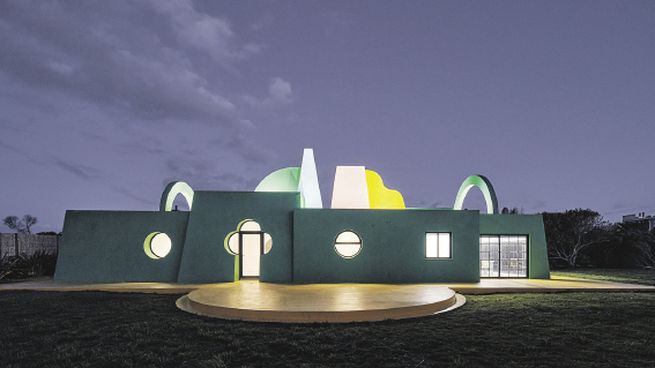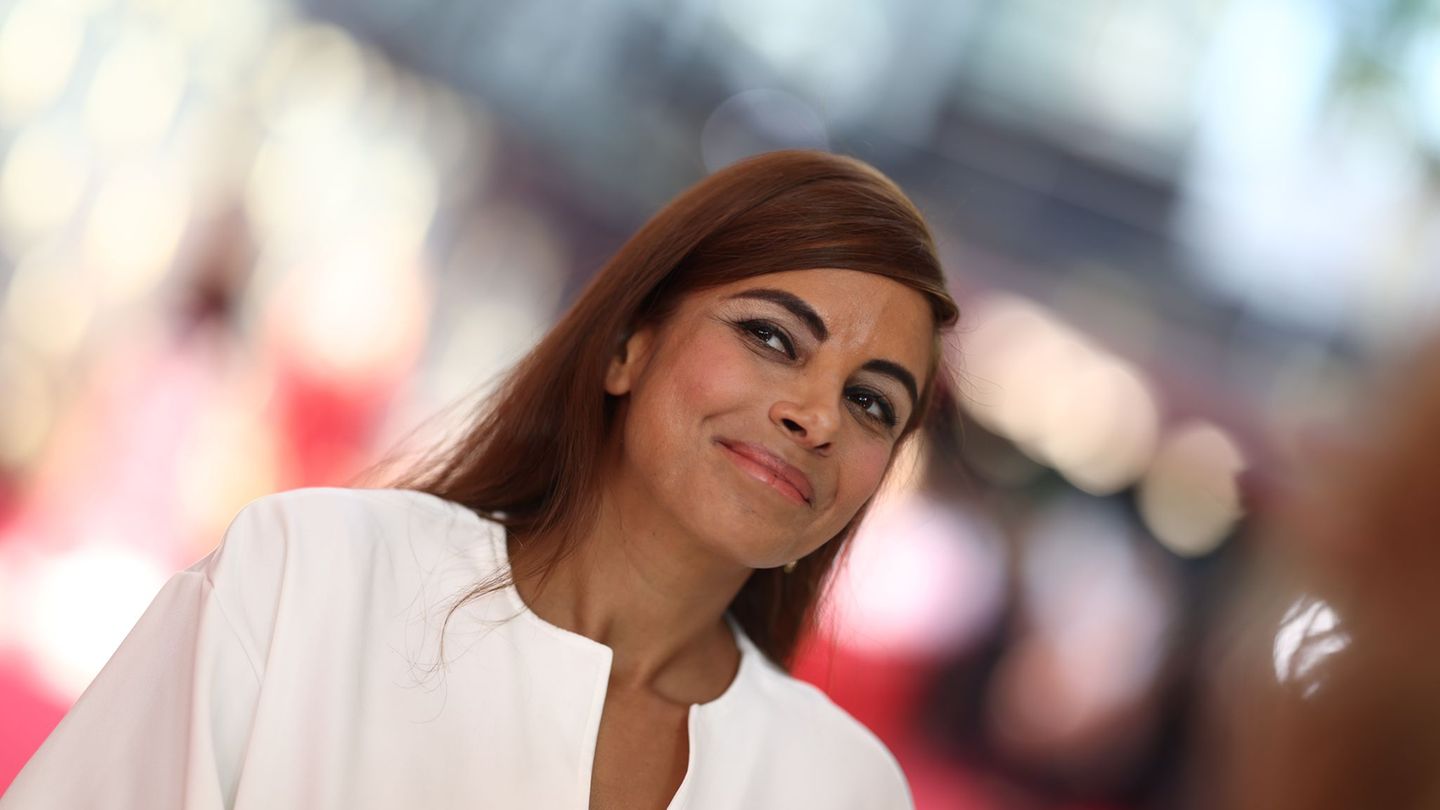Amalia Fortabat’s granddaughter, heir to her philanthropic spirit, took charge of the Puerto Madero Museum and assumed new responsibilities
Neptune House. Designed by Edgardo Giménez, it was already famous and became a pilgrimage center.
In 2021, during the pandemic, it was created FAARA (Ama Amoedo Foundation Artistic Residency)institution whose purpose is promote the production of contemporary art in Latin America, offer scholarships and residency programs. Heir to her grandmother’s philanthropic spirit, Amalia FortabatAmoedo took over the Puerto Madero Museum and assumed new responsibilities. “My purpose is to establish a deep commitment to artistic practice, invite reflection and experimentation,” he observes. To this end, he convenes every year a committee of international curators to select six artists from Latin America who participate in a six-week residency.
The content you want to access is exclusive to subscribers.
The idea of increasing the presence of Latin American art on the global stage came to fruition very soon. To the interest aroused by the residences, was added the attraction of the beautiful Neptuna House Pop style located in Jose Ignacio, Uruguay. The image of the headquarters of FAARA, designed by the artist Edgardo Gimenez, began to circulate on the networks in the middle of the pandemic. In a dialogue with this newspaper, Gimenez, He recounts his experience: “I was terrified of contagion and we worked through video calls. I had never built a house without being present and at one point I felt afraid. But she came out perfect. Ama is very sensitive, the treatment is very pleasant. I sent the instructions and when they showed me the recordings, I verified that the people who worked there had interpreted things correctly.” When the pandemic ended, Neptuna House was already famous and became a pilgrimage center. Expansive, Gimenez He says that he is happy with the house and adds that the success of the megasample consecration of Malba that has just ended, also fills him with joy. There, in the exhibitionThere will be none like it”, a model of Neptuna, green, radiant on the outside and white, immaculate on the inside.


For her part, the director of the Foundation, Verónica Flomis in charge of the different initiatives of the residences, and when asked about the possible distraction that the presence of the beach a few steps away could generate for artists, she clarifies: “The location of Casa Neptuna as a residence space is very special. The natural environment, in the middle of a forest and the proximity to the sea, generate an ideal environment to enhance concentration, especially in these times, when the stimulation of images and information is constant”. Then, the plasticity of the programs and the possibilities that open up to the improvement of artistic practice, from theoretical aspects to production and materials, generate a range of questions. AND Flom, responds: “During the Home, some participants They focused on learning a new technique, to finish ongoing projects or to investigate certain problems of the territory, such as the history of indigenous peoples or socioeconomic practices around nature and the landscape, among other issues. A central feature of FAARA is that, from our team, we accompany artists in the creation of a schedule of activities designed especially based on your interests and research projects.”
Meanwhile, the monitoring of the artists during the residencies is constant. Have studio visits with each of the jury curators. There is an instance of monitoring the projects and there is the possibility of inquiring into the practices of each one and analyzing the diversity of languages that They range from traditional ones, such as painting, sculpture or installationeven those linked to research work.
“Two residents at the same time They live and work at Casa Neptuna. It is interesting the connection that is generated between artists from different Latin American countries and how enriching the dialogue between colleagues who in many cases did not know each other before. The juries think a lot when choosing these pairs,” concludes Flom.
For the rest, collectors Patricia Phelps de Cisneros and Alec Oxenfordthe curator of the Venice Biennale Adriano Pedrosathe writer and researcher Andras Szanto, artists, gallery owners and cultural operators met in Miami in a meeting organized by FAARA where the new residents for 2024 were announced. There, in the middle of the international art circuit, the participants of the third edition were presented. The jury, made up of Sofía Hernández Chong Cuy, Federico Baeza and Pablo José Ramírezselected the artists Jackie Amézquita (Guatemala), Venuca Evanán (Peru), Dulce Gómez (Venezuela), Nina Kunan (Argentina), Andrés Pereira Paz (Bolivia) and Luiz Roque (Brazil).
This year FAARA gained visibility with aid to the sample “Art! Art! Art!” by Marta Minujín at the Jewish Museum in New Yorkwhich runs until April 2024. And taking into account that for the first time a Latin American curator, the Brazilian Adriano Pedrosa, is in charge of the Venice Biennalethere they will also have the support of the Foundation.
Source: Ambito
I am an author and journalist who has worked in the entertainment industry for over a decade. I currently work as a news editor at a major news website, and my focus is on covering the latest trends in entertainment. I also write occasional pieces for other outlets, and have authored two books about the entertainment industry.




